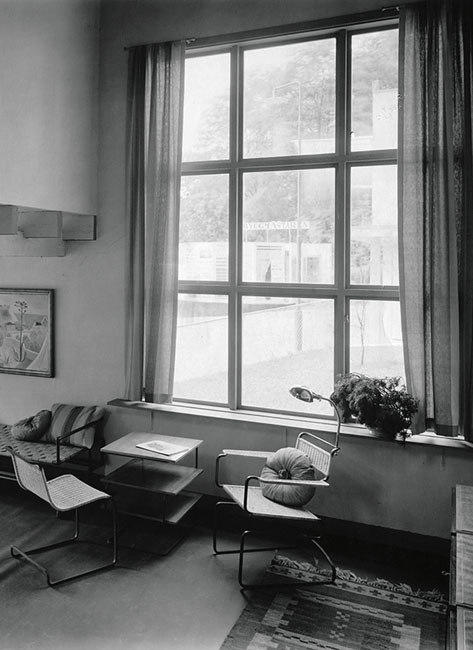At the Limits of Architecture
The Housing Section of the 1930 Stockholm Exhibition
Abstract
In 1930, the Stockholm Exhibition took place in Sweden. In addition to utensils and applied arts, the exposition included complete dwellings. Attracting 4 million visitors in five months, it is widely considered a breakthrough for functionalism in Swedish architecture and design. The exhibition was initiated by Svenska Slöjdföreningen or the Swedish Arts and Crafts Society. The leader of this designer’s association, Gregor Paulsson, was partly inspired by his 1927 visit to the Weissenhof Siedlungen. The exhibition pavilions, in most cases designed by Gunnar Asplund, radiated hope and optimism, despite the fact that Sweden was facing high unemployment and poor living conditions at the time.
In 1931, some of the architects involved in the Housing Section published their controversial manifesto acceptera propagating functionalism as the inevitable solution to the problems of the times. In the following article, Lucy Creagh takes a closer look at their exhibition contributions. – The Editors



